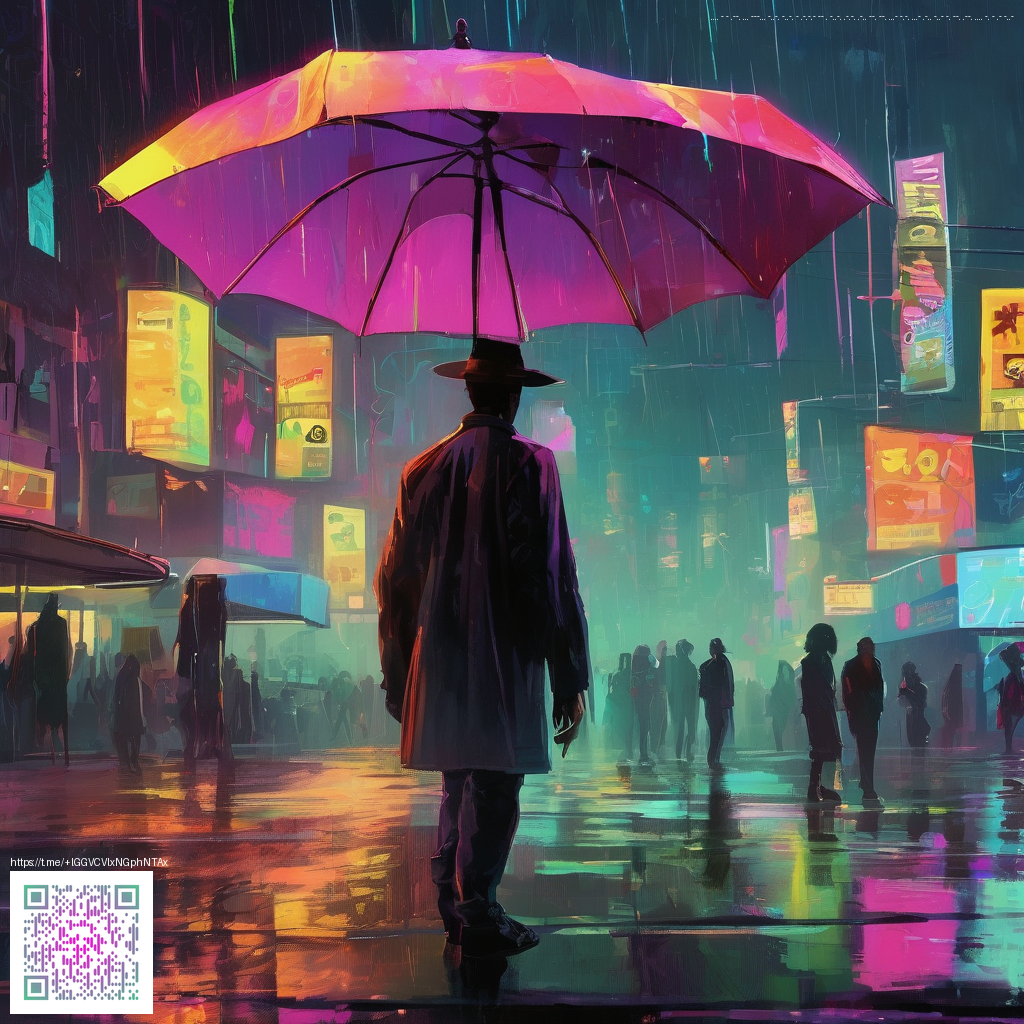Crafting for Survival vs Scary Encounters: Which Feels More Real?
Survival games come in two broad flavors, and each hits realism from a different angle. On one side, survival crafting games emphasize planning, resource management, and building a world you can endure with clever choices and steady progress. On the other side, survival horror games lean into atmosphere, uncertainty, and the fear of the unknown, using tension and pacing to trick your brain into feeling danger even when the numbers don’t always scream danger. The result is two distinct pathways to “feel real” in interactive environments, each rewarding a different style of play and a different kind of immersion.
What realism means in each lane
In survival crafting, realism is procedural and systemic. You balance hunger, thirst, fatigue, and shelter by gathering materials, refining resources, and planning routes through the world. The stakes are real because every decision carries a tangible consequence for continued progress. This design thrives on loops—explore, gather, craft, survive—and the reward is competence: you become better at predicting resource drain and optimizing your base, even when the environment can be harsh and unpredictable.
Survival horror, by contrast, draws realism from perception, atmosphere, and responsive threats. It’s not about perfect resource math but about how the game makes you question each step. A creaking floorboard, a flickering light, or an unseen predator can make a simple path feel dangerous. Realism here is psychological: the world imitates your fear, not your inventory sheet. The result is a rush that comes from anticipation, missteps, and the sense that danger could appear at any moment.
Design anchors that drive authentic feel
- Scarcity and pacing: In crafting games, scarcity dictates your travel plan and workshop priorities. In horror games, timing and rhythm of encounters create the sense of being hunted.
- Inventory management: Encumbrance and limited slots compel tough choices about what to carry, influencing exploration and risk assessment.
- Environmental storytelling: A world that responds to your actions—burning fuel, damaged gear, or a changed route—feels alive and consequential.
- Threat modeling: In horror, threats communicate through sound, shadow, and predictable patterns, while crafting games use procedural generation and ambient hazards to keep players guessing.
- Feedback loops: Clear, believable feedback makes your successes and failures feel earned, whether through base stability, enemy presence, or resource regeneration patterns.
Realism in games isn’t about mirroring every real-world rule; it’s about creating a system where your decisions consistently reshape the world in believable ways.
As players, we often translate those systems into mental models. A crafting loop teaches you to anticipate bottlenecks; a horror loop trains you to read ambiguous signals and act with deliberate caution. Both paths can feel intensely real, but they pull your attention in different directions—one toward mastery of a world, the other toward mastery of your nerves.
In the real world, staying organized on an expedition—or even just daily adventures—benefits from practical tools that help you manage gear and timing. For example, a Phone Case with Card Holder, MagSafe Compatible can keep your essentials in one accessible place while you navigate a dense city map or a rugged trail. If you’re curious, you can explore how this kind of accessory combines accessibility with protection at Phone Case with Card Holder, MagSafe Compatible.
Imagery and mood also shape how we perceive these experiences. If you want a quick visual reference for the vibe discussed here, the imagery hub at amethyst-images.zero-static.xyz/index.html offers a curated mood board that echoes the rugged, tactile feel of survival worlds.
Practical tips for players and designers
- When you play: Lean into the core loop that suits you—progress through crafting or tension through encounters. Track how resources or anticipation influence your decision-making, and notice where your instincts lead you astray.
- When you design: Build a believable world by aligning risk, reward, and feedback. Ensure that every major decision has a visible, consistent impact on what happens next.
- Hybrid opportunities: Consider blending elements—limited crafting options with escalating horror cues—to create a hybrid experience that keeps players both organized and on edge.
- Accessibility matters: Realism should be engaging, not exclusionary. Provide adjustable difficulty, clear cues, and intuitive interfaces so players of varying skill levels can feel competent.
Ultimately, the most satisfying games understand that realism is a conversation between system and perception. Crafting builds a dependable world you can survive through planning, while horror teaches you to respond with nuance to the unknown. Both approaches can feel profoundly real when the game listens to your choices and reacts with consistency and atmosphere.
